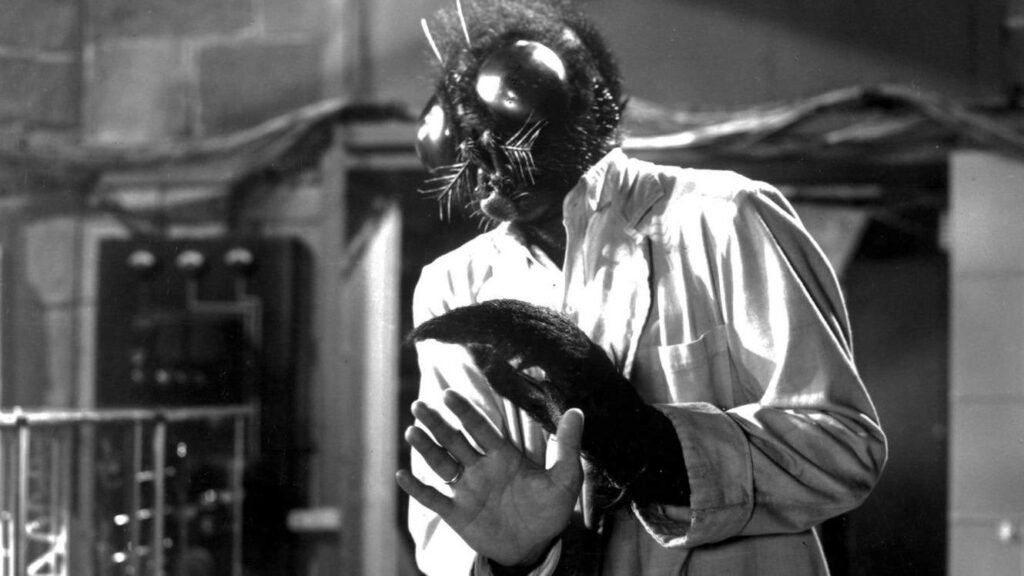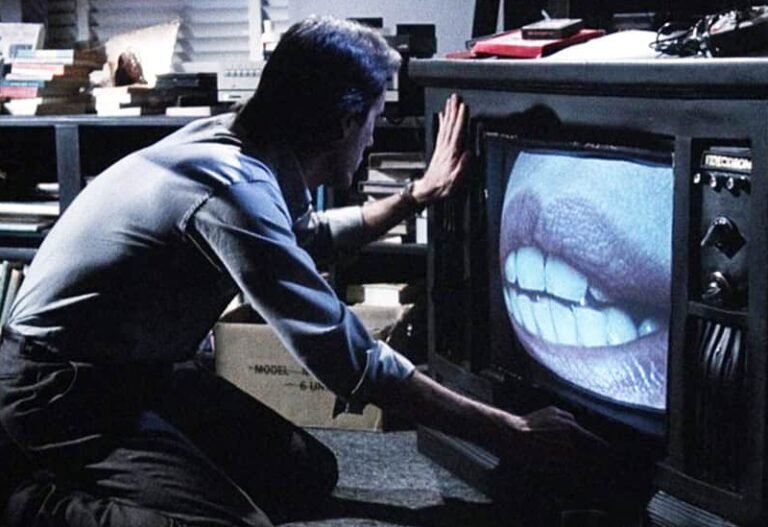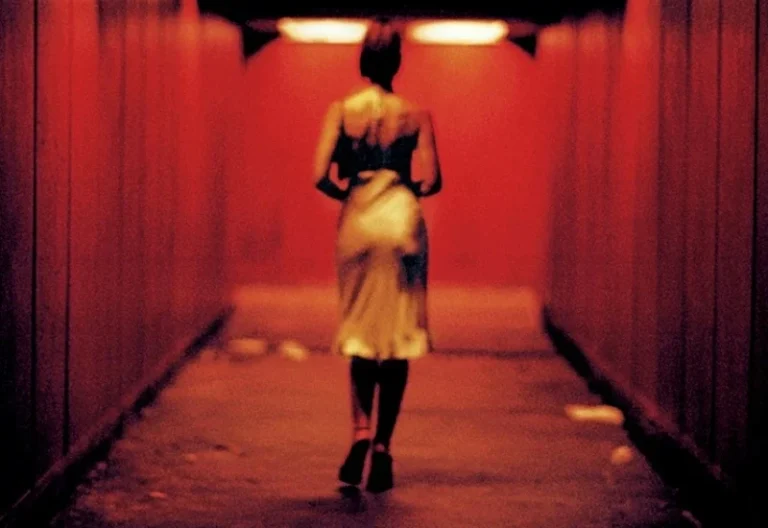a beginner's guide to body horror film
Body horror is a unique subgenre of horror films that push the limits of physical and psychological discomfort by focusing on the human body’s transformation, mutilation or invasion. What makes body horror particularly compelling is its ability to blur the boundaries between the human and the grotesque.
Published by: CinemaWaves Team | Filed Under: Film Blog
History and Early Development
The fascination with body horror first began in early horror literature, where themes of grotesque transformation and monstrosity began to stir. Groundbreaking works like Mary Shelley’s “Frankenstein” (1818) and Robert Louis Stevenson’s “The Strange Case of Dr. Jekyll and Mr. Hyde” (1886) sparked this unsettling exploration of the human body altered by science and the unknown.
These stories, along with their early film adaptations, served as the blueprint for what would later evolve into the body horror genre, with their subtle yet unnerving reflections on the fragility of human form. While early films were often more suggestive than explicit, they laid the foundation for what would become a far more graphic and visceral cinematic exploration of bodily mutation and its terrifying consequences.
As cinema developed, body horror began to take shape as a distinct subgenre in the 1950s and 1960s. One of the early influences from this period was “The Fly” (1958), in which a scientist’s experiment with teleportation technology goes horrifically wrong, transforming him into a grotesque hybrid of man and insect. This film tackled a key body horror theme: the dangers of scientific overreach and the grotesque mutation of the human body, vividly representing the terror of losing one’s humanity.
At the same time, the rise of B-movies in the mid-20th century also fueled the growth of the subgenre. Films like “I Was a Teenage Werewolf” (1957) embraced transformation as both a physical and metaphorical concept, tapping into the anxieties of adolescence and change. These films used bodily mutations, werewolves, mutants, and other grotesque figures, as metaphors for deeper psychological and social fears, from puberty and sexuality to the dangers of conformity and social isolation. While these films often operated on smaller budgets, they helped expand the genre by introducing themes of bodily metamorphosis and its disturbing psychological implications, offering a prelude to the more graphic depictions of body horror that would emerge in later decades.

The 1970s and 1980s: The Golden Age of Body Horror
Body horror exploded in popularity in the 1970s and 1980s, a period seen as the golden age of the genre. This era coincided with shifting cultural anxieties about identity, bodily autonomy, and scientific advancements. One of the most significant directors to emerge during this time was David Cronenberg, referred to as the “master of body horror.” His films like “Shivers” (1975), “Rabid” (1977), and “The Brood” (1979) pushed the genre to new extremes by depicting parasitic infestations, uncontrollable urges, and bodily mutations in graphical details.
In the 1980s, technological advancements in prosthetics, animatronics, and special effects allowed for more realistic and disturbing depictions of body transformation. Today, Cronenberg’s 1981 film “Scanners” and his 1986 remake of “The Fly” are cited as landmark films of the subgenre. “The Fly” in particular exemplifies the genre’s fusion of physical horror with deep emotional resonance, as the protagonist’s gradual mutation into a grotesque creature mirrors his psychological deterioration.

Famous Body Horror Films
“The Thing” (1982) by John Carpenter: This sci-fi horror masterpiece revolves around a group of researchers in Antarctica who encounter an alien life form capable of assuming the shape and identity of its hosts. The tension builds as the characters become paranoid, unsure of who has been infected. The film features some of the most memorable and grotesque transformation sequences in cinema history.
“Videodrome” (1983) by David Cronenberg: The film blurs the lines between technology and the body, following the story of a television station executive who stumbles upon a mysterious broadcast signal that begins to physically and mentally alter him. As his body becomes distorted and invaded by technology, the film explores the loss of bodily autonomy in the face of media and technology’s growing influence. Cronenberg’s surreal, nightmarish imagery provides a chilling metaphor for the dehumanizing effects of technology on the body and mind.
“The Fly” (1986) by David Cronenberg: It is perhaps the quintessential body horror film, exploring the consequences of unchecked scientific experimentation. The story follows scientist Seth Brundle, whose experiments with teleportation result in a horrific transformation into a human-fly hybrid. The film’s slow depiction of Brundle’s physical degeneration, accompanied by visceral makeup effects, captures fears of disease, aging, and the vulnerability of the human body.
“Hellraiser” (1987) by Clive Barker: A dark and twisted blend of supernatural and body horror. It introduces audiences to the Cenobites, sadomasochistic demons who blur the lines between pain and pleasure through extreme forms of bodily mutilation. The story revolves around a puzzle box that summons the Cenobites, leading to grotesque transformations, skin flaying, and visceral depictions of bodily suffering. The film’s striking visuals and exploration of flesh and torment make it a cornerstone of body horror genre.
“Tetsuo: The Iron Man” (1989) by Shinya Tsukamoto: This Japanese cyberpunk body horror film follows a man who slowly transforms into a mechanical monstrosity after a series of bizarre events. Tetsuo is known for its relentless, visceral depiction of the human body being consumed and fused with metal, creating a nightmarish vision of industrialization and bodily invasion.
Influence of Body Horror on Contemporary Cinema
Body horror has had a significant influence on both the horror genre and broader cinema, shaping the way filmmakers approach themes of transformation, identity, and the grotesque. Directors like Guillermo del Toro (“Pan’s Labyrinth“ &“The Shape of Water”) have embraced body horror elements, using them to explore the intersection between beauty and monstrosity, and the ways in which physical transformation reflects emotional or societal fears.
The visceral and often grotesque nature of body horror has also influenced contemporary films like “The Human Centipede” (2009) and The Skin I Live In (2011), both of which use bodily transformation and mutilation. A recent film that showcases body horror’s ongoing relevance is “The Substance” (2023) by Coralie Fargeat. The film pushes the boundaries of the genre, using the idea of bodily invasion through an experimental drug. Its grotesque, cutting-edge visual effects, combined with a narrative exploring bodily autonomy, make this film a striking example of how body horror continues to develop and evolve.
Body horror remains one of the most provocative subgenres, challenging audiences to confront their fears about the fragility of the human body. From its early days of monster movies to its evolution through the works of directors like David Cronenberg and John Carpenter, body horror has pushed the boundaries of what film can depict, offering a visceral, unsettling experience. As long as humanity continues to grapple with its own physical vulnerabilities, body horror will remain relevant.
Refer to the main page for more educational insights on filmmaking and cinema history.
As the president of a trashy TV channel, Max Renn is desperate for new programming to attract viewers. When he happens upon “Videodrome,” a TV show dedicated to…
B movies have long been a staple of the film industry, existing in the shadows of their higher-budget counterparts yet cultivating their own unique legacy. These films…
A fading celebrity decides to use a black market drug, a cell-replicating substance that temporarily creates a younger, better version of herself. The Substance was…
Cinema as an art form, has the unique ability to challenge societal norms, push the boundaries of storytelling and provoke intense emotions. One of the most striking…
Special effects in film have always been a kind of magic – tricking our eyes into seeing the impossible, making the unreal seem real. It’s a craft that’s been around almost…
Giallo is a subgenre of horror-thriller films that started in Italy, characterized by its unique blend of murder mysteries, psychological horror, eroticism, and stylized violence….






